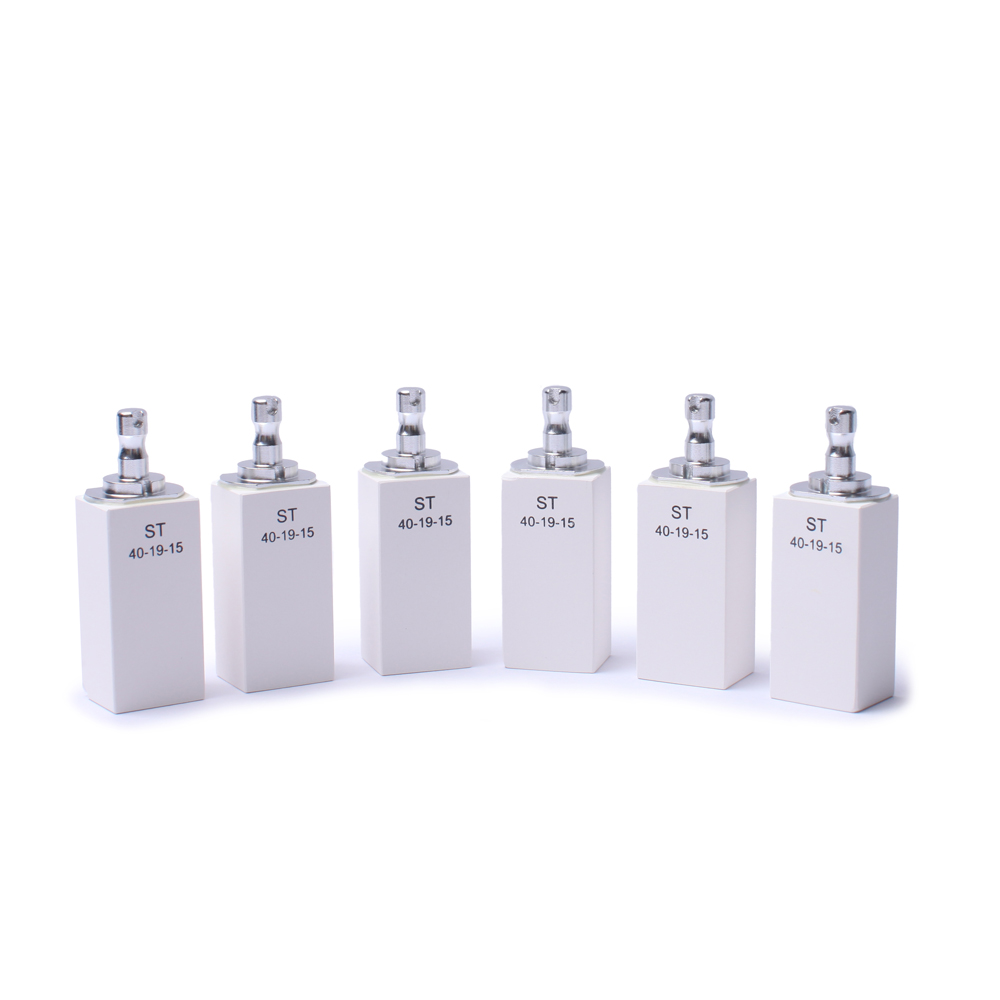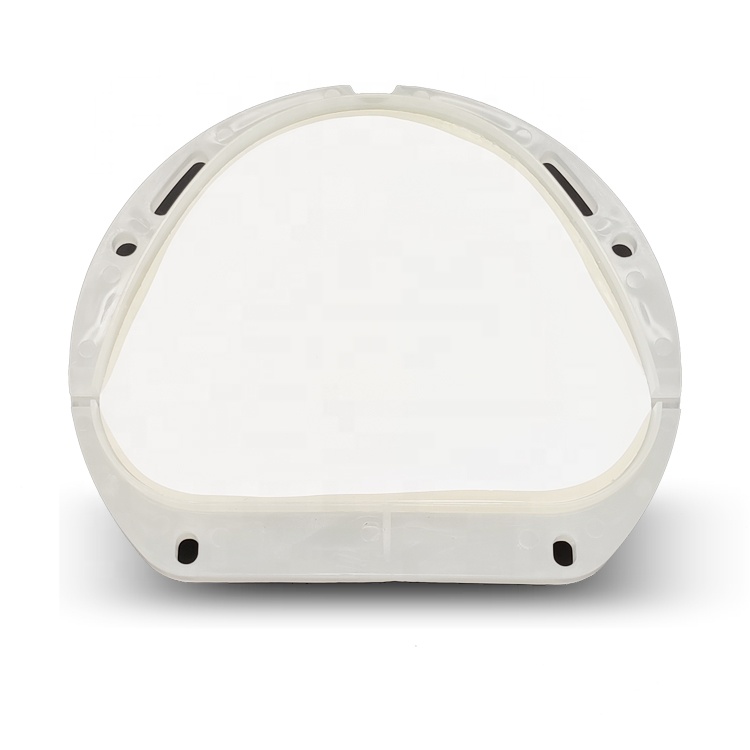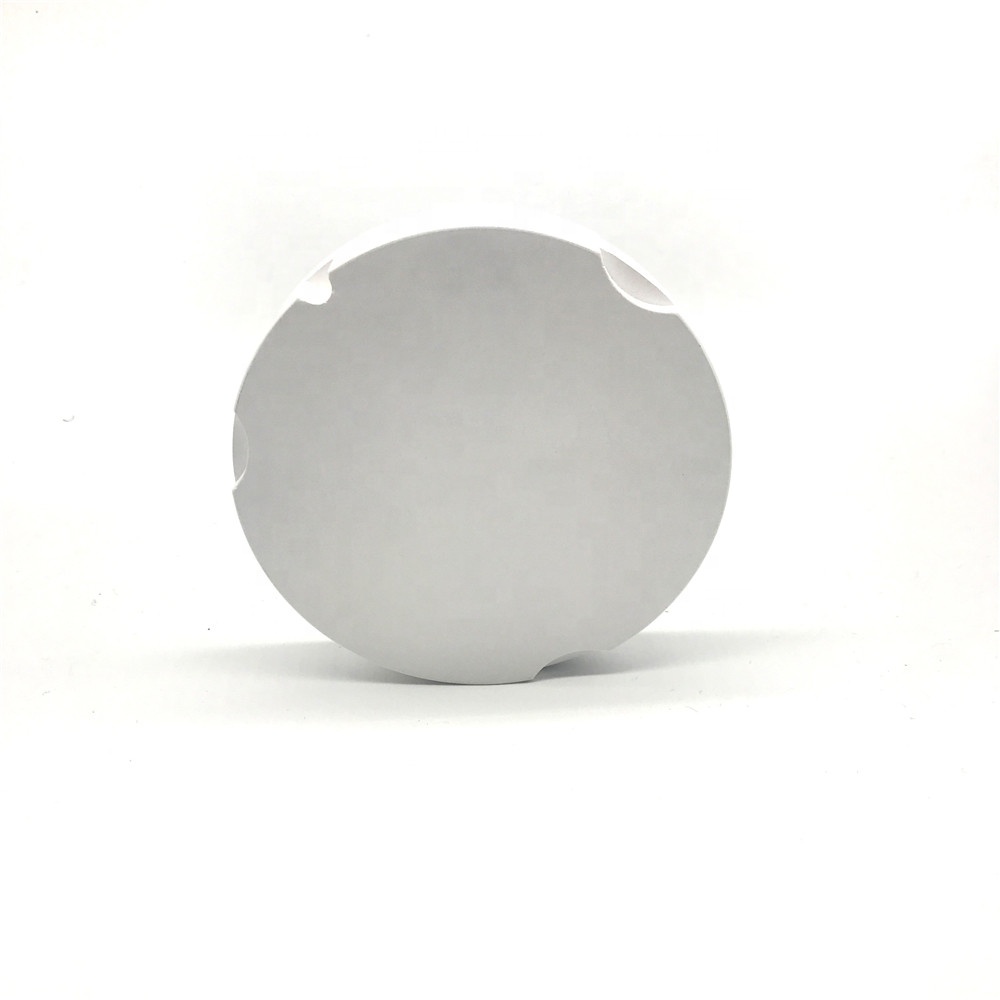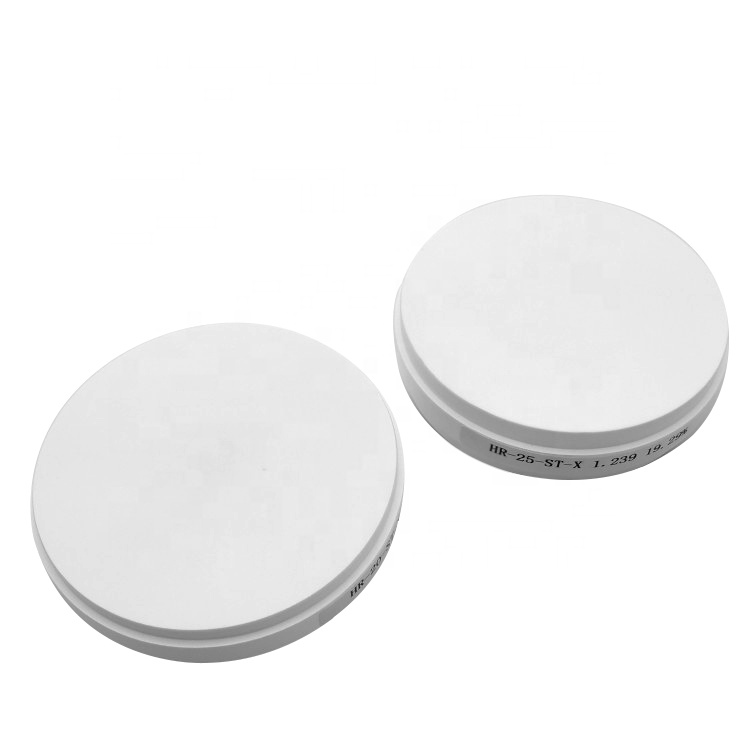Zirconia block application in dentistry restoration
Ceramic is the most popular material in dentistry. Due to excellent color stability, opacity and strength, dental zirconia is an idea for dental restorations, crowns, and veneers. Zirconia is the type of ceramic material used as a biomaterial in dentistry. The tooth-colored material has excellent adhesion and the ability to form multilayer structures. Dental Zirconia blocks formed the basic structure of dental crowns, implants, veneers, and bridges. Its also called ceramic steel due to its high strength, toughness, and fatigue resistance. Dental Zirconia is a biocompatible material that promotes bone formation just like implant titanium.
- Zirconia structures used in dentistry
Zirconia dental block-structured in dentistry can be fabricated through sintering technique in CAD-CAM processing. The process is completed in three steps including the acquisition of data, processing, and final fabrication of dental structures. However, the significant advantage of CAD-CAM technology is its capacity to precisely fabricate zirconia restorations for dental use.
- what is a dentistry porcelain crown?
A dental crown is the artificial cowering around your natural teeth to maintain and improve your smile. Various types of materials are used for dental crowing. Porcelain crowns are the best available material widely used in cosmetic dentistry. All-ceramic crowns have an outstanding aesthetic appearance and have been effectively used to restore anterior and posterior teeth. zirconia-based ceramics for dental restorations are very common because they are stronger and more durable than other dental ceramic systems. Dental Zirconia’s superiority over other dental ceramics is the outcome of its unique properties.
- Why do you need a porcelain crown?
The porcelain crown is used in all clinical practice in different dental conditions. The selection and type of crown can be changed according to lab requirements and patient needs. The ceramic crown system is still the most popular because of its durability and adaptability.
- In the past few months, have you had an accident with your teeth?
- You’d like to straighten a misaligned tooth
- Fillings that have come loose or fallen out need to be replaced
- Discoloured and stained teeth
- After root canal therapy or fractured crown.
- Restoring the teeth:
Damage missing and decayed teeth required dental restoration. Reconstructive dentistry consists of a wide range of options, including crowns, implants, and dentures. There are various ways to restore a decayed, missing, and traumatic tooth. Dental restoration can restore all the missing teeth.
Types of dental restorations:
- Dental Fillings
Dental fillings are a common dental restorative procedure in dental practices. A biocompatible filling material filled the cavity and restored the decayed portion. It maintains the natural couture of your teeth with sufficient aesthetic and strength. Amalgam, gold, glass ionomers, and composites are the most commonly used filling materials.
- Inlays and Onlays
These are indirect restoration cemented in the prepared cavity. Inlays and Onlays were used for the teeth that were damaged beyond repair, but not to the point where an entire crown would be required. They are similar to direct restoration but are more durable and stronger. Porcelain or dental zirconia is virtually indistinguishable from the neighboring natural teeth, especially with the high degree of color matching. Dental zirconia block has superior physical properties to resin restoration.
- Crowns and bridges
A crown may be required to cover a large defect and aesthetic concerns. Crown can be cemented through specific dental material. Fabrication of crown is a customized procedure performed by the expert dental lab technician under the instructions of the dentist. Dental porcelain crowns are preferred mostly due to their better aesthetic and color stability. 3D Multi-layer Dental Zirconia Block builds the customized crown by 3-D CAD-CAM technology.

Zirconia is a material that is utilized in anterior and posterior fixed bridges as well as implants. Zirconia is manufactured with the aid of a dental cad cam milling machine. Comparatively, zirconia has the highest mechanical strength and occlusal force resistance of any ceramic material.





